Today in Aviation History: First Flight of the Convair YB-60
Vintage Aviation News
APRIL 18, 2025
It was powered by eight Pratt & Whitney J57-P-3 turbojet engines, each producing 8,700 pounds of thrust. The aircraft boasted a combat range of 2,920 miles and a service ceiling of 53,300 feet. The YB-60 suffered from flight control and handling issues and lacked the speed and stability of its Boeing counterpart.

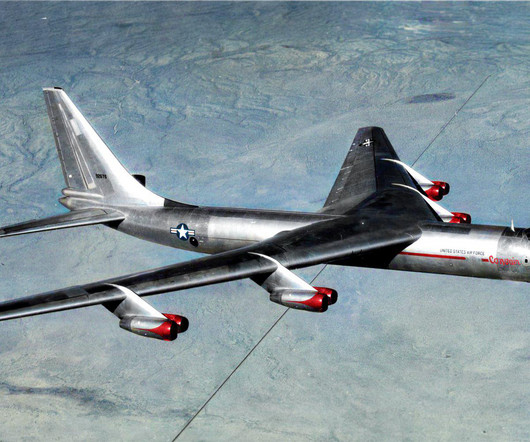

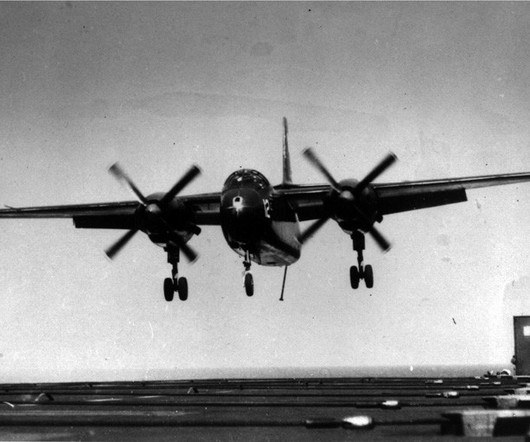

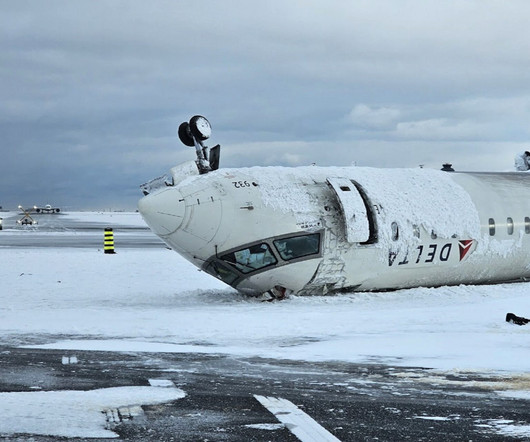

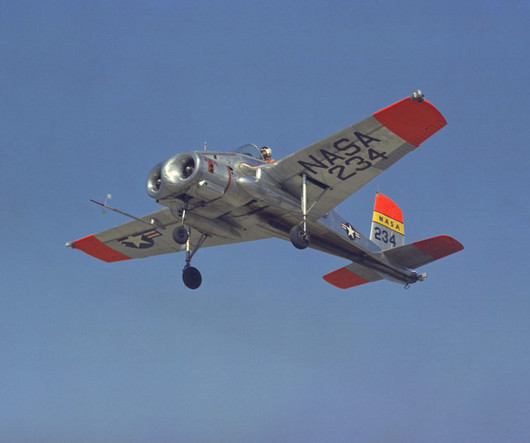
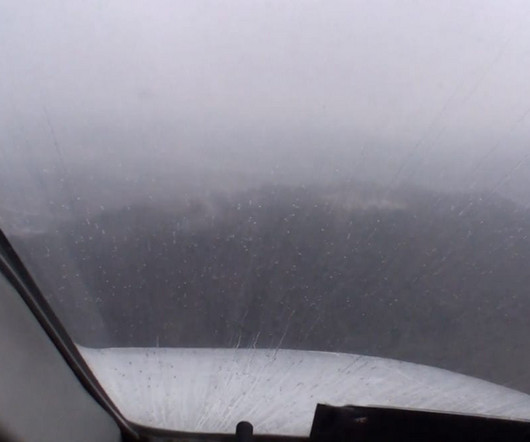



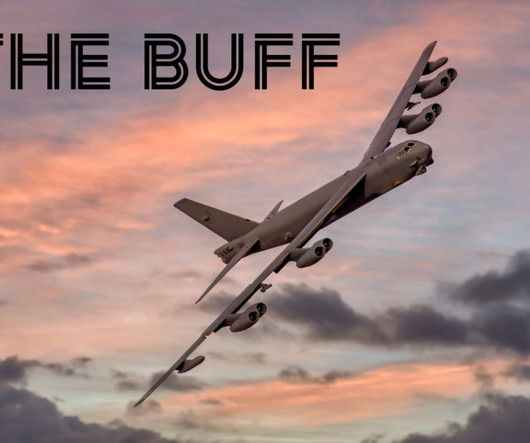
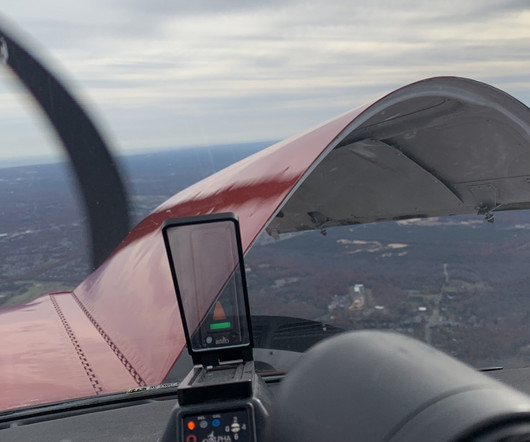







Let's personalize your content